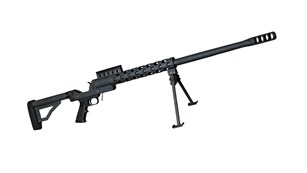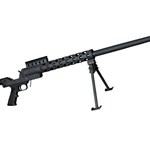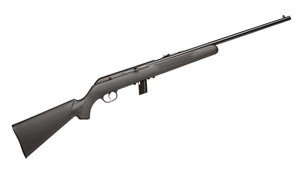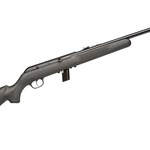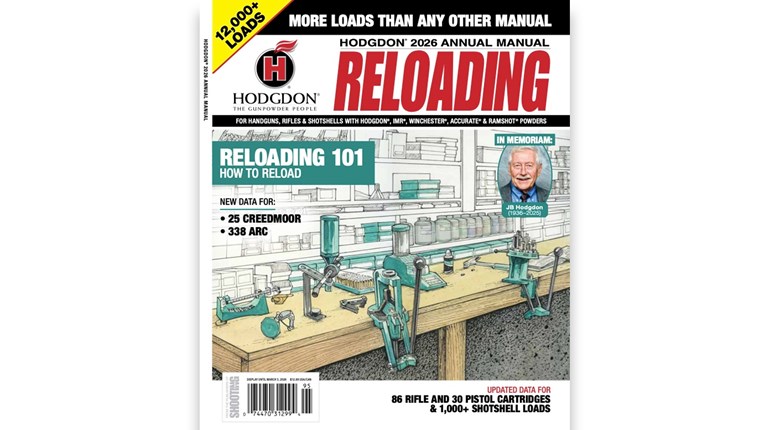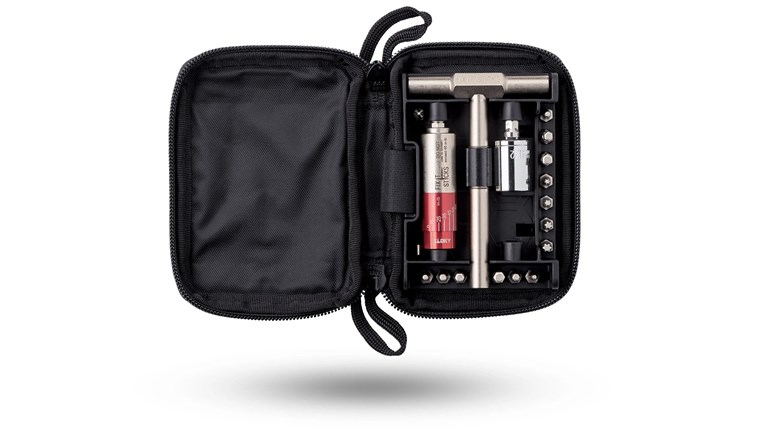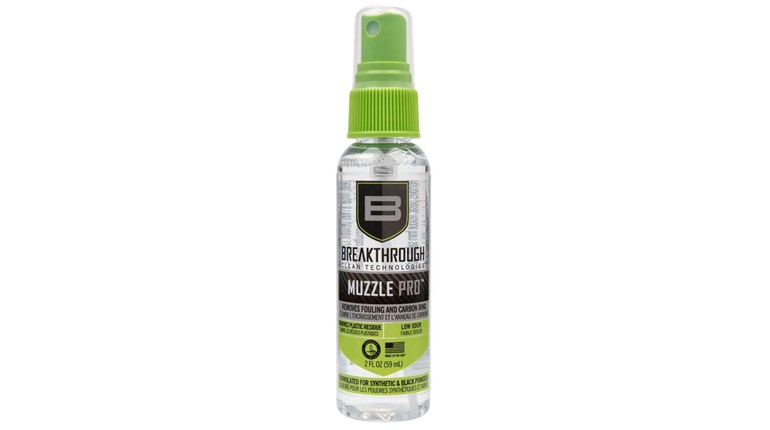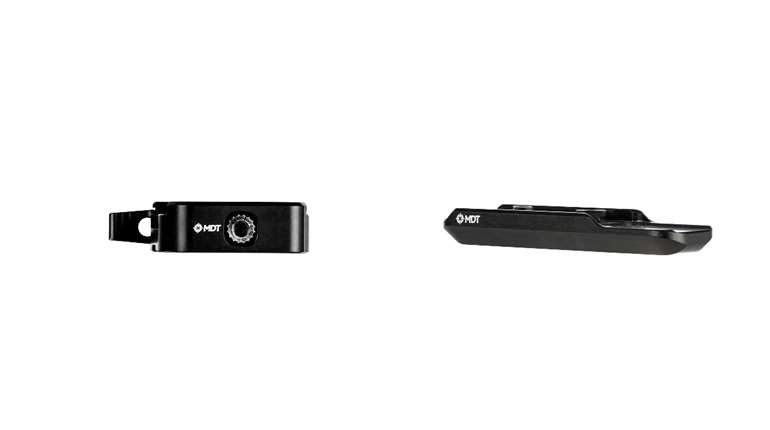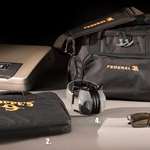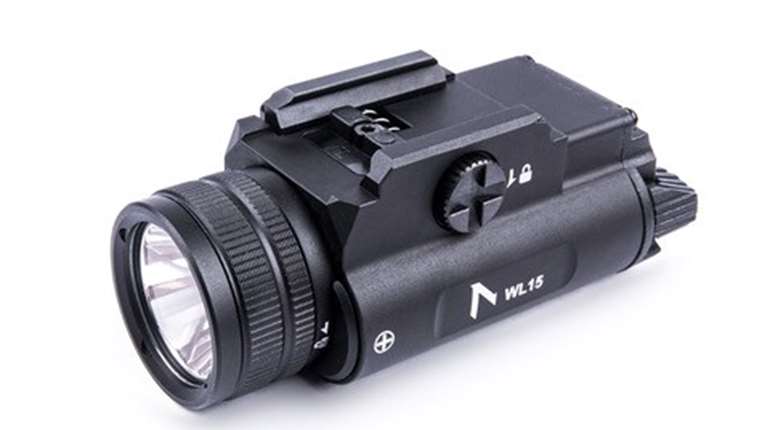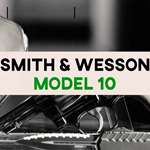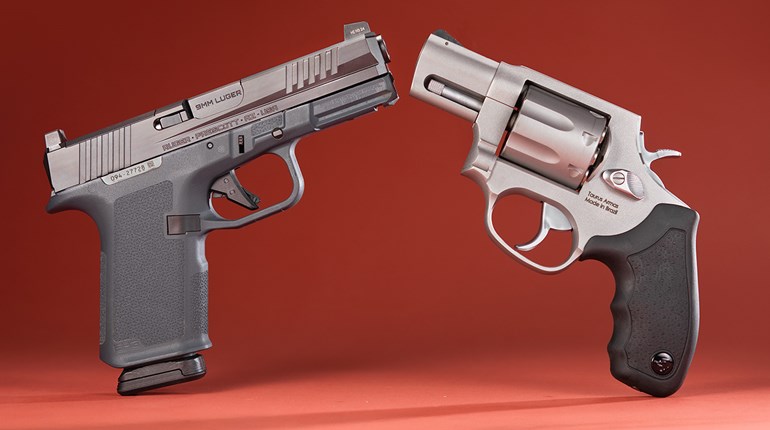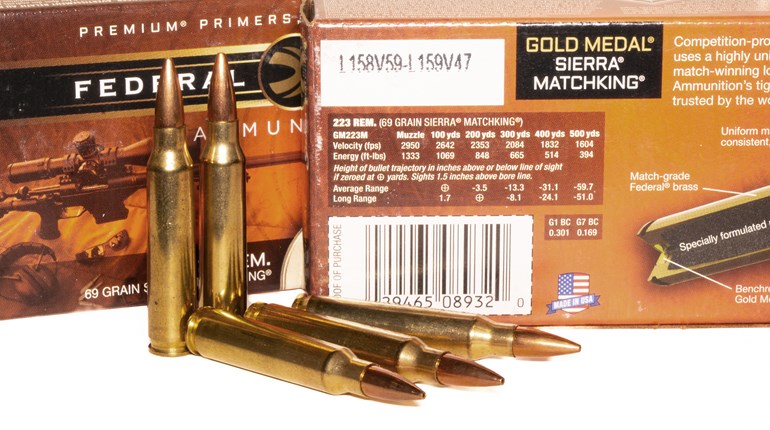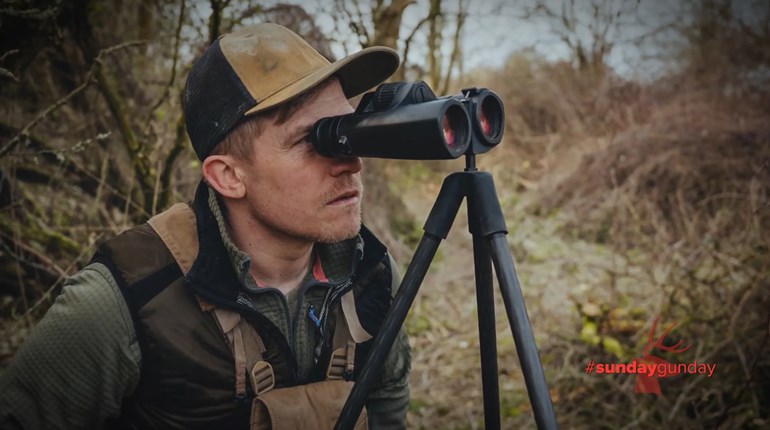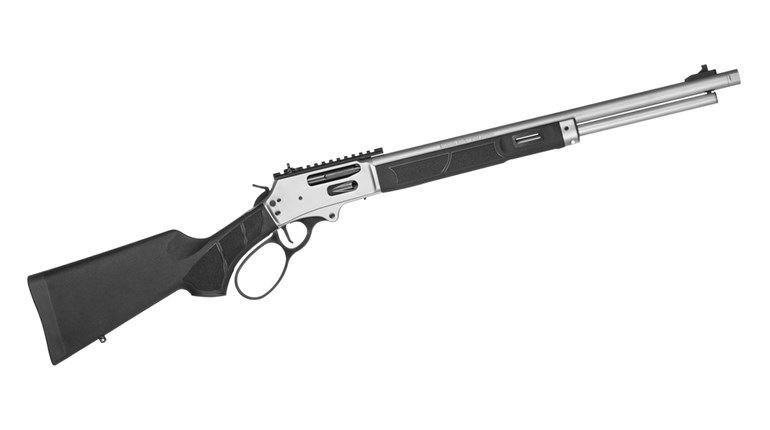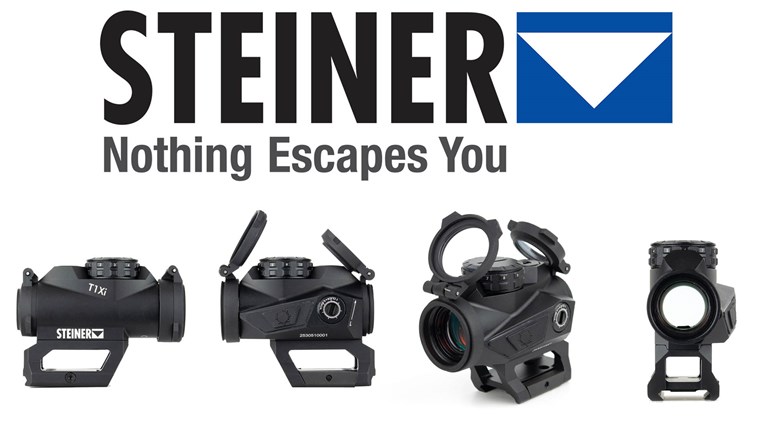
I think that I may have made a terrible mistake, and I hope that you can help. For some time, I have been reloading 9 mm ammunition for my Mossberg MC2c pistol so I could practice and shoot more as a means of offsetting the high cost of ammunition.
All was going well until I was firing multiple shots on multiple targets while training, and I had what I think was a squib load followed in rapid succession by a full-power round.
The slide came back about a quarter inch and stopped. After having tried several types of immediate action, it became obvious that the slide was not coming any farther to the rear. Upon further inspection, I discovered that I still had a cartridge in the chamber and a bullet lodged about two-thirds of the way down the barrel. The chambered cartridge case seems to be able to move within the slide, but the slide will not move any more than previously mentioned. What do you suggest I do to get back to shooting again?
“Rein” Storm, St. Paul, MN
The first thing to do is be as safe as you can when handling the gun by maintaining a conscious awareness of where the muzzle is pointing (safe direction) and by making sure that nothing touches the trigger while further handling the gun until it has been verified safe and without the presence of live ammunition. It is necessary to remove the slide from the frame for further diagnosis and potential repair.
To do that, pull the slide to the rear as far as possible. You will need approximately 1/8 inch to allow removal of the slide-cover plate as you would for normal fieldstripping and maintenance. Once the slide-cover plate is removed, the firing-pin assembly can be accessed and removed. This enables the slide assembly to be removed by pulling it off the front of the frame. Next, invert the slide assembly to expose and remove the recoil-spring assembly.
At this point, visually inspect and run a finger along the exposed portion of the barrel to feel for any bulges or irregularities. If none are obvious, you may have to tap the chamber end of the barrel through the ejection port of the slide with a non-marring tool—such as a plastic hammer—to disengage the cartridge from the extractor and remove the barrel from the slide.
Once the barrel has been removed from the slide, you should be able to remove the cartridge case in the chamber with a minimum of effort, even if it were somewhat disfigured by the pressure generated when it was fired.
Since you previously verified there was a bullet stuck in the barrel, it would be prudent, under the circumstances that you stated, to check to see if more than one was present. This can easily be done by inserting a wooden dowel at either end of the barrel and recording the depth of each insertion. Then subtract that distance from the overall length of the barrel and determine if the difference equates to the length of one or two of the bullets that you have been reloading. Keep in mind that any measurement greater than the length of a single bullet would indicate the presence of more than one in the barrel.
Before going further, it would be wise to inspect the barrel thoroughly to ensure that it had not been bulged or damaged as a result of the firing conditions you reported.
If no damage is evident, apply a penetrating oil (such as Kroil) to both the front and the back of the bore obstruction. Give it time to seep in to best facilitate the removal of the bullet(s).
Determine the shortest distance that the obstruction will need for removal and apply pressure from the opposite end. This can be done by securing the barrel in a padded-jaw vice, giving easy access to the end that the work is to be performed from. A non-marring punch made of material softer than the barrel’s steel should be used to drive the obstruction from the bore.
After the bore is clear, clean the barrel thoroughly and visually inspect it for any irregularities inside and outside. If none exist, inspect the rest of the gun’s parts for any obvious abnormalities. Following a successful inspection, lubricate the moving parts and reassemble the pistol. Finalize your efforts by performing a function check. If the gun passes the function check, it should be considered ready for service.
An alternative to the preceding recommendations would be to contact Mossberg’s excellent customer service department for help. Explain to them as you did here, and the staff should be able to offer a number of choices to follow. If the barrel or other parts were bulged or damaged, this alternative would be the best option. Be aware that shooting reloads in any manufacturers firearms usually voids the warranty.
As an aside, when reloading or working with firearms in general, it is prudent to maintain a conscious awareness of the procedures at hand to avoid any mishaps or dangerous conditions that may result.




